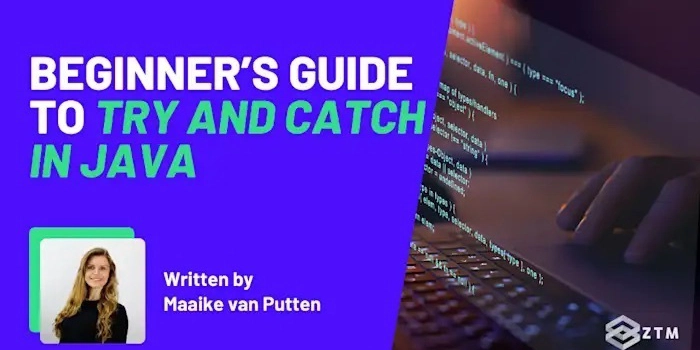Dev
3w
215

Image Credit: Dev
Beginner's Guide To Try And Catch In Java
- Try and catch in Java are used to handle errors and exceptions before they crash the program and allow for graceful handling.
- Java categorizes errors into unchecked exceptions (coding mistakes) and checked exceptions (external failures).
- Using try-catch can prevent program crashes and enable providing informative error messages to users.
- Multiple catch blocks in Java help handle different errors separately for precise error handling.
- The finally block in Java ensures certain code runs regardless of whether an exception is thrown or not.
- Common mistakes in exception handling include catching every exception without proper handling, catching overly generic exceptions, using try-catch for unchecked exceptions, and not closing resources properly.
- Best practices include properly handling exceptions by logging errors, catching specific exceptions, fixing root causes of unchecked exceptions, and using try-with-resources for resource management.
- Not closing resources can lead to memory leaks and performance issues, so using try-with-resources or a finally block is crucial for proper resource management.
- Experimenting with intentionally creating errors and learning how exceptions behave is a good way to understand try, catch, and finally blocks in Java.
- Implementing these best practices ensures stable and error-proof Java code, making debugging easier and improving program reliability.
Read Full Article
12 Likes
For uninterrupted reading, download the app